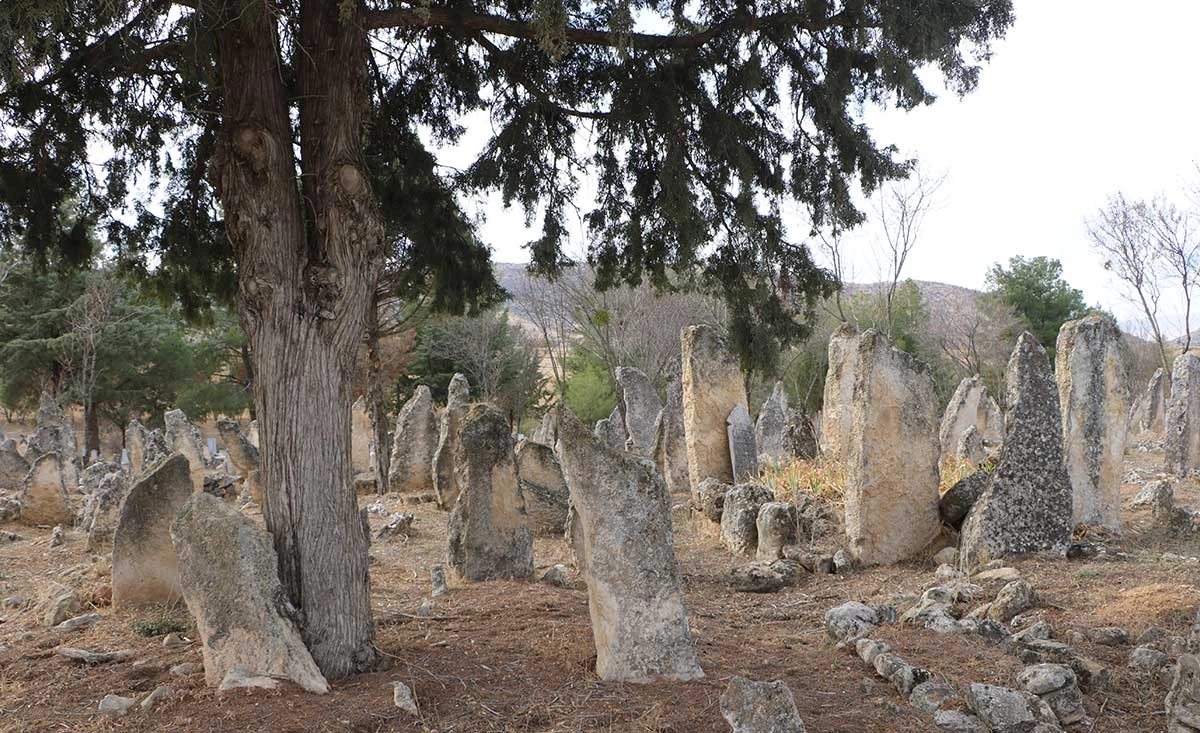
The 1000-year-old balbals in Çivril bear the traces of Turkish civilization and belief system
The balbals in Özdemirci Cemetery in Çivril district of Denizli continue to attract the attention of history buffs and archaeologists.
These balbals, which are estimated to have a history of about 1000 years, bear the traces of Turkish civilization and belief system.
Balbals are stone monuments erected in the cemeteries of Turkic communities migrating from Central Asia.
They usually symbolize the status and courage of the deceased.
📣 Our WhatsApp channel is now LIVE! Stay up-to-date with the latest news and updates, just click here to follow us on WhatsApp and never miss a thing!!
The balbals in Çivril consist of stones carved in different sizes and shapes. Some have warrior figures and animal motifs, while others have Arabic and Turkish inscriptions.
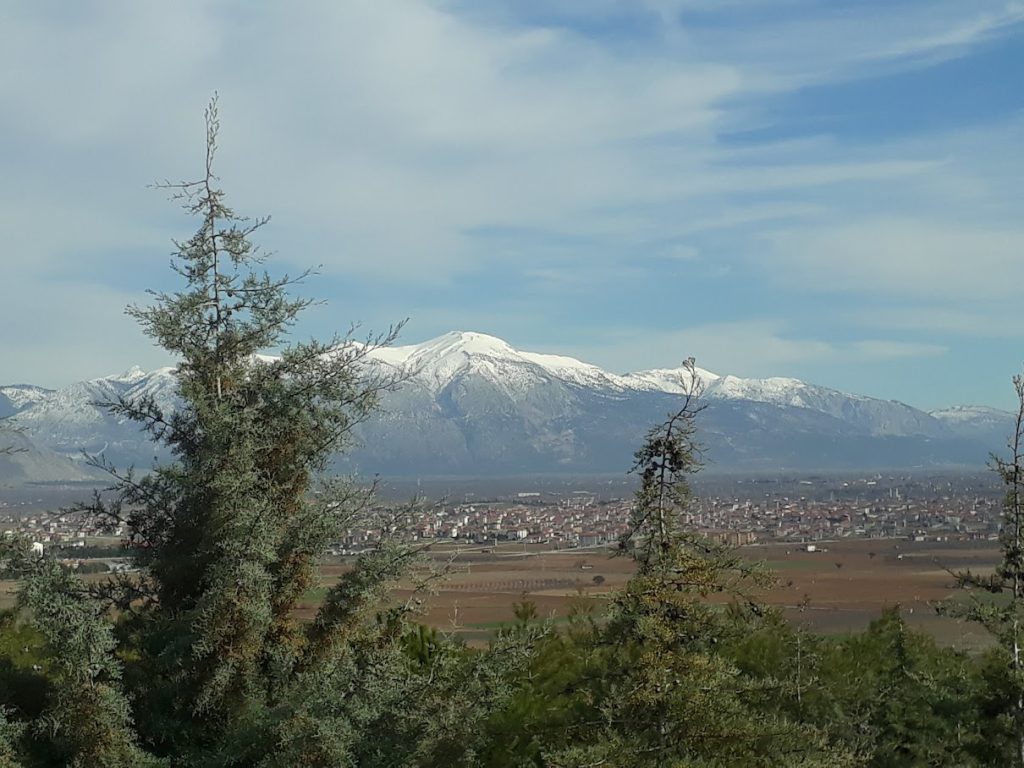
Balbal-style tombstones and tamgas on them indicate that there were Turks in the region before the 1071 Malazgirt and 1176 Miryokefalon wars.
The balbals erected at the head of the kurgans and graves are up to 3.5 meters high in places.
According to Turkish belief, the more balbal around a grave, the more heroic the deceased was.
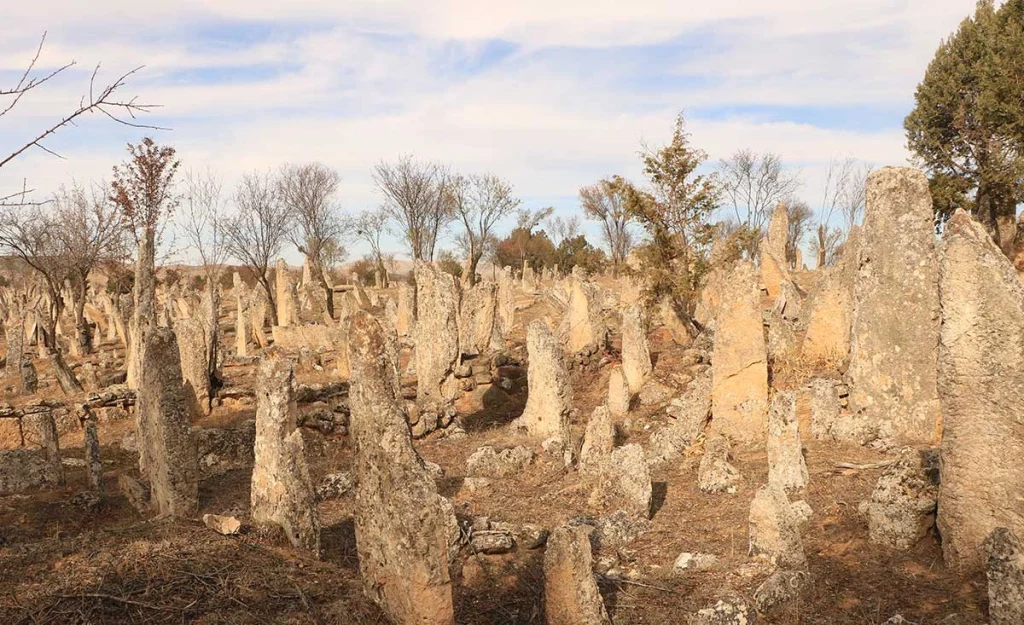
Among the balbals is the ‘Demirkazık’ stone, which has an important place in the ancient Turkish tradition.
In the ‘Garipler Cemetery‘ in Çivril, there is the ‘Demirkazık’ stone, which has an important place in the ancient Turkish tradition.
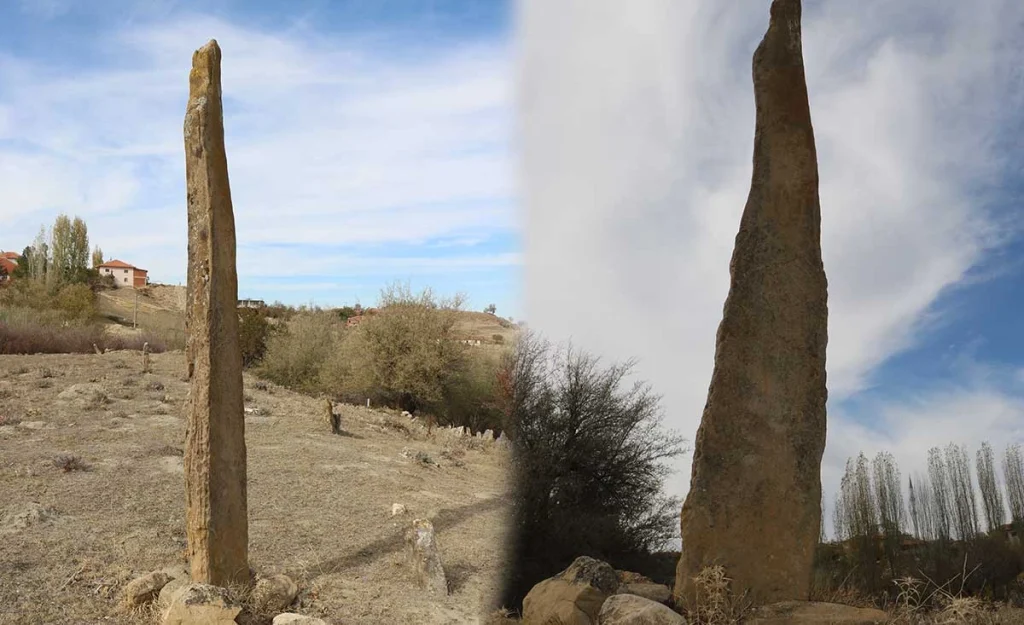
Demirkazik was about 10 meters long before the tip broke off.
Demirkazık is a concept that has an important place in Turkish mythology and folk belief. Although it appears in different variations and with different names, it is generally depicted as a pole or tree that holds up the firmament or the earth.
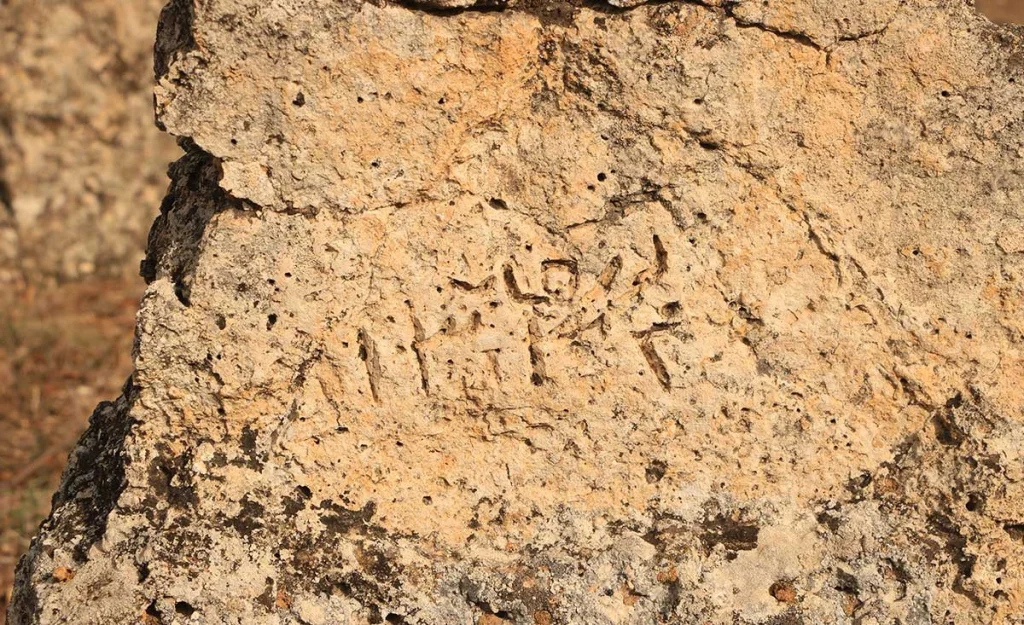
Demirkazık is believed to play an important role in maintaining the order of the world and the universe.
It is thought to prevent evil spirits and chaos from entering the world.
It is also seen as a tool used by shamans to communicate with the spirit world.
In some beliefs, it is identified with the tree of life.
The people of Çivril expect more support from the authorities to protect Demirkazık and the balbals, to pass them on to future generations and to organize the area where the balbals are located.
Cover Photo: Genc Çivril
You may also like
- A 1700-year-old statue of Pan unearthed during the excavations at Polyeuktos in İstanbul
- The granary was found in the ancient city of Sebaste, founded by the first Roman emperor Augustus
- Donalar Kale Kapı Rock Tomb or Donalar Rock Tomb
- Theater emerges as works continue in ancient city of Perinthos
- Urartian King Argishti’s bronze shield revealed the name of an unknown country
- The religious center of Lycia, the ancient city of Letoon
- Who were the Luwians?
- A new study brings a fresh perspective on the Anatolian origin of the Indo-European languages
- Perhaps the oldest thermal treatment center in the world, which has been in continuous use for 2000 years -Basilica Therma Roman Bath or King’s Daughter-
- The largest synagogue of the ancient world, located in the ancient city of Sardis, is being restored











Leave a Reply